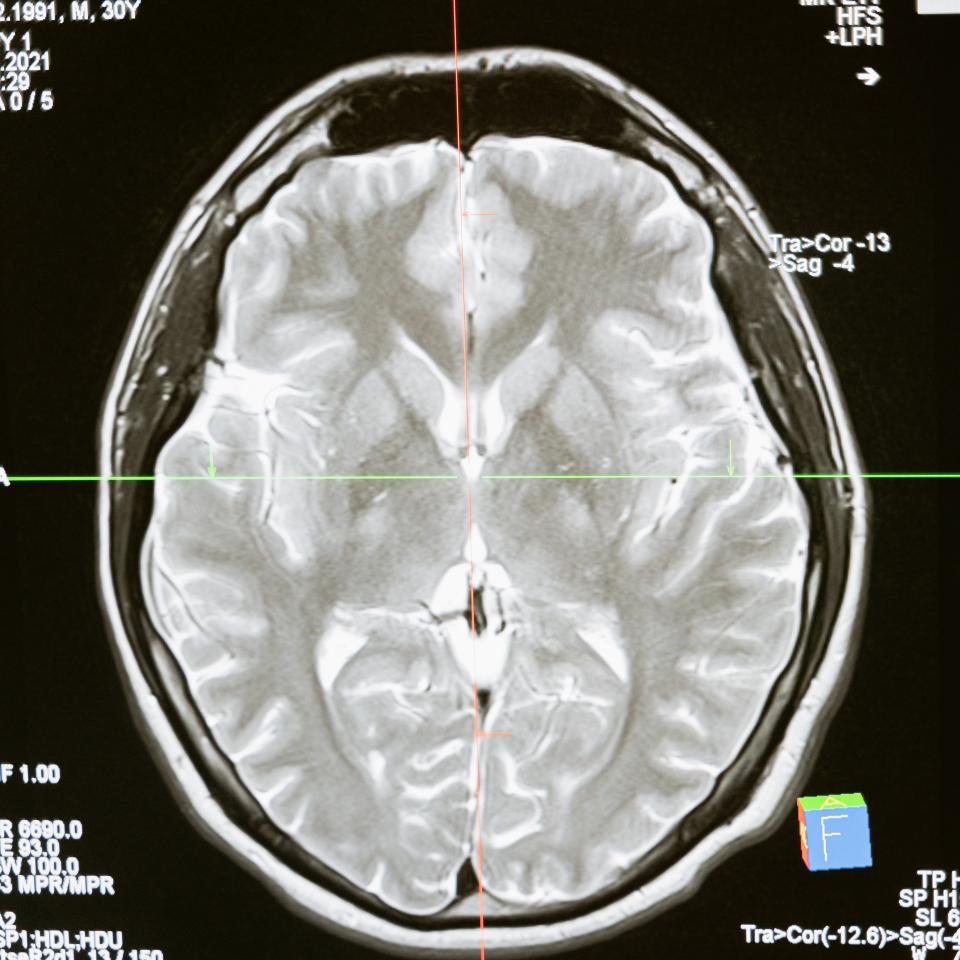
Improving care for people with acquired brain injury
Researchers at Swansea University have developed a new assessment tool for neurobehavioural disability (NBD), leading to improved treatment, care and support for patients and their families.
More than 1.3 million people in the UK live with the devastating long-term effects of acquired brain injury (ABI). It affects one family in 300 and costs the UK economy around £15 billion every year - equivalent to 10% of the annual NHS budget.
ABI can be caused by many things, including road traffic accidents, strokes, falls and tumours. It can result in neurobehavioural disability (NBD), which often causes wholesale changes to a person’s character or personality.
The presence of NBD is associated with poor rehabilitation outcomes and reduced quality of life, and can also lead to social handicap and increased risk of offender behaviour. The more accurately NBD can be assessed, the better treatment and support for patients and their families can be planned, delivered and monitored.
However, there previously wasn’t an assessment tool that could reliably identify NBD.
Developing a new assessment tool for NBD
The team from Swansea University worked in partnership with St Andrew’s Healthcare to develop the St Andrew’s - Swansea Neurobehavioural Outcome Scale (SASNOS).
They found that the measures used in existing assessment tools were often based on subjective impressions rather than objective observations. Therefore, healthcare staff could not use them to accurately diagnose NBD, and plan and monitor treatment.
The research team identified the benchmarks a new tool would need to be effective and used these to create the SASNOS. Unlike other assessment tools, the team designed the SASNOS specifically for ABI, aligned it with current neurorehabilitation models, and focused it on the objective measurement of a person’s behaviour.
They developed the tool using internationally recognised classifications, interviews with relatives of ABI patients, and trials with a multidisciplinary mix of healthcare professionals.
The tool was proven to record perceived symptoms of NBD and distinguish between individuals with and without ABI. Further developments ensured the tool was valid, reliable and responsive, and so met critical psychometric criteria.
Better patient care
The SASNOS, which is used on an international scale, has improved clinical practice and led to better patient care. It allows health professionals to reliably detect NBD after ABI, identify patients’ needs, plan their treatment, and monitor change. Large providers of neurorehabilitation have integrated the tool into their electronic patient records and use it to provide service-level performance indicators. As a result, clinical decisions are now informed by a reliable instrument rather than clinical judgement alone.
The SASNOS is also used in medico-legal practice for personal injury and clinical negligence litigation, where it helps to inform the courts about the impact of NBD. It has also been used as a key outcome measure in research and clinical investigations in Australia, Denmark, and Bangladesh.
The SASNOS is available for use free of charge and is available in seven languages.
Research team
Associate Professor Claire Williams, Emeritus Professor Roger Ll Wood, Honorary Professor Nick Alderman – Swansea University
